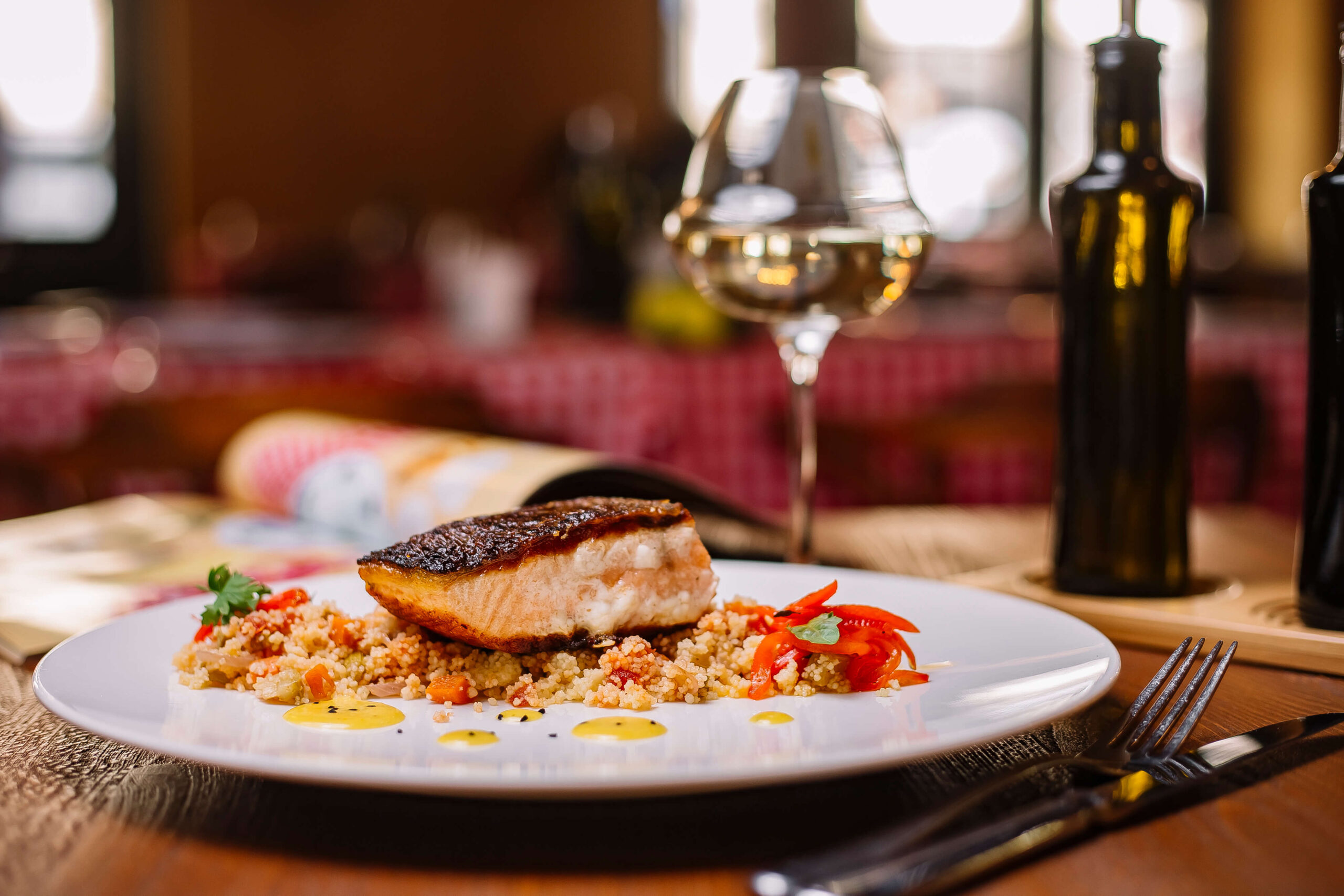

Dining Etiquette 101: Unveiling the Do’s and Don’ts of Fine Dining
About Elsker
Fine dining experiences provide more than just delectable cuisine; they also offer an opportunity to showcase your refined manners and dining etiquette. Understanding the do’s and don’ts of fine dining can elevate your dining experience and leave a lasting impression on your fellow diners. In this blog, we will delve into the intricacies of dining etiquette, exploring essential guidelines that will help you navigate any formal dining occasion with grace and poise. So, let’s embark on this journey of refinement and uncover the secrets of fine dining etiquette.
1. Dressing the Part
Before even sitting at the table, appropriate attire is crucial for fine dining. Dressing elegantly and appropriately shows respect for the establishment and the occasion. Formal dining calls for attire such as suits, dresses, or formal evening wear, while business casual may be suitable for more relaxed fine dining establishments. Always research the dress code beforehand and dress accordingly to avoid any missteps in etiquette.
2. Mastering Table Manners
Table manners play a significant role in fine dining etiquette. Properly setting the table, knowing how to handle utensils, and understanding the correct use of napkins are essential. Start by using utensils from the outside in, placing your napkin on your lap, and chewing with your mouth closed. Avoid slouching or resting elbows on the table and remember to signal your servers discreetly if you require assistance.
3. Navigating Place Settings and Courses
Multiple courses are often served during fine dining experiences, and understanding the progression of dishes is crucial. Familiarize yourself with the purpose of each utensil and dishware, as they are arranged in a specific order. From the soup course to the main course and dessert, knowing which utensil to use for each dish will prevent any confusion and display your mastery of dining etiquette.
4. Engaging in Polite Conversation
Engaging in polite conversation is another key aspect of fine dining etiquette. Keep your conversations pleasant and avoid controversial or sensitive topics. Engage with your fellow diners, showing interest in their thoughts and opinions. Remember to keep your voice at a moderate level, so as not to disturb other diners, and maintain good eye contact throughout the meal. Finally, be attentive and respectful when interacting with the waitstaff, expressing gratitude for their service.
Conclusion
Mastering the art of fine dining etiquette enhances your dining experiences, allowing you to navigate formal occasions with confidence and grace. From dressing appropriately to exhibiting impeccable table manners, these guidelines ensure that you leave a positive impression on your fellow diners and hosts. By embracing dining etiquette, you demonstrate respect for the culinary experience and the company you are in. So, embrace these do’s and don’ts of fine dining, and elevate your dining experiences to new levels of sophistication.






0 comments
Write a comment